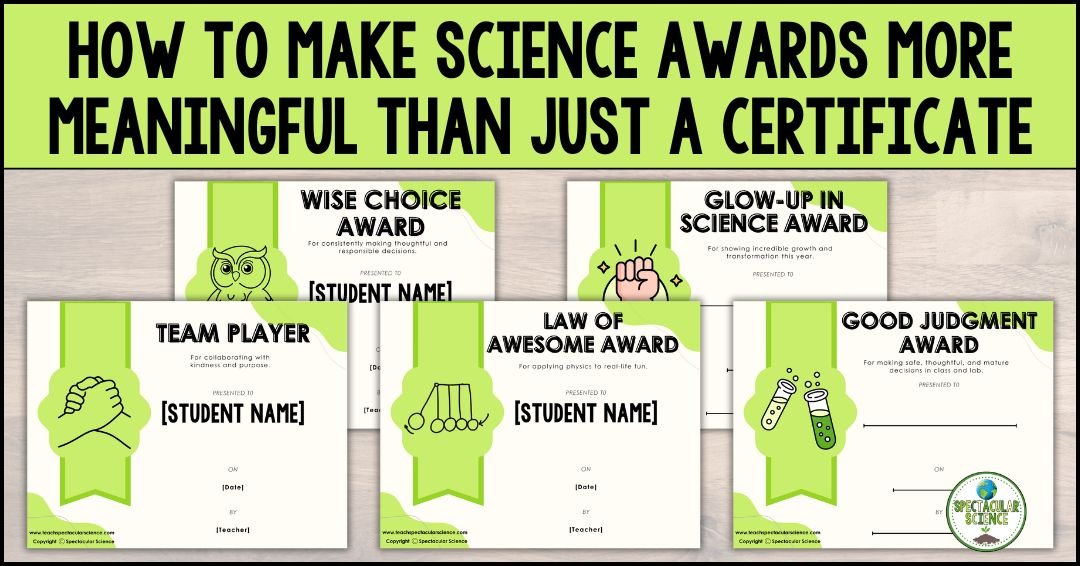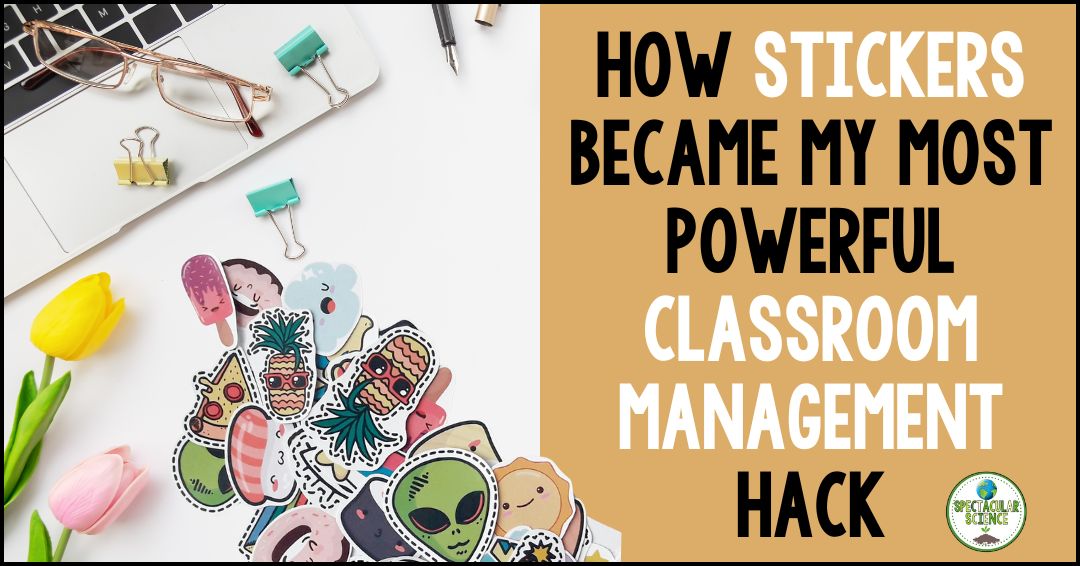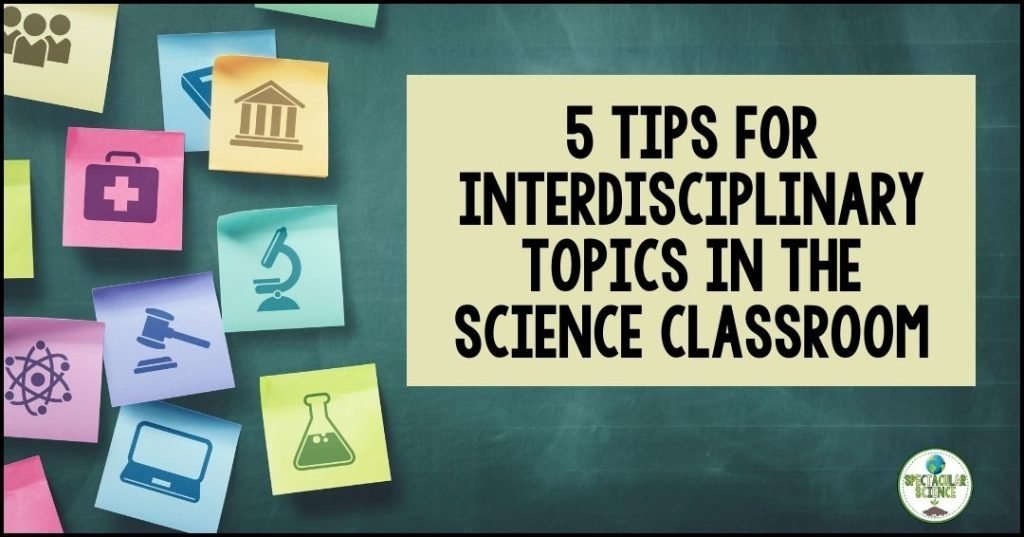
Are you interested in making connections between what you teach in your science classroom and the real world? As science teachers, I think we all try to move beyond just the theoretical and into the practical whenever we can.
One of the ways I have found great success in making real-world connections with units of study in my science classroom is by focusing on specific interdisciplinary topics.
In the science classroom, an interdisciplinary approach can help students understand the connections between different fields of study as well as how they are relevant to real-world issues.
Keep reading for tips on how to incorporate interdisciplinary topics in your science classroom.
Interdisciplinary Teaching Tips for Your Science Classroom
If this is a new approach for you or if you’re looking for some added ways to incorporate interdisciplinary approaches into your classroom, these five tips can help!
1. Choose relevant topics
Select topics that are relevant to students’ lives and that can benefit from an interdisciplinary approach. For example, climate change can be explored from a scientific perspective, but also involves political, economic, and social factors.
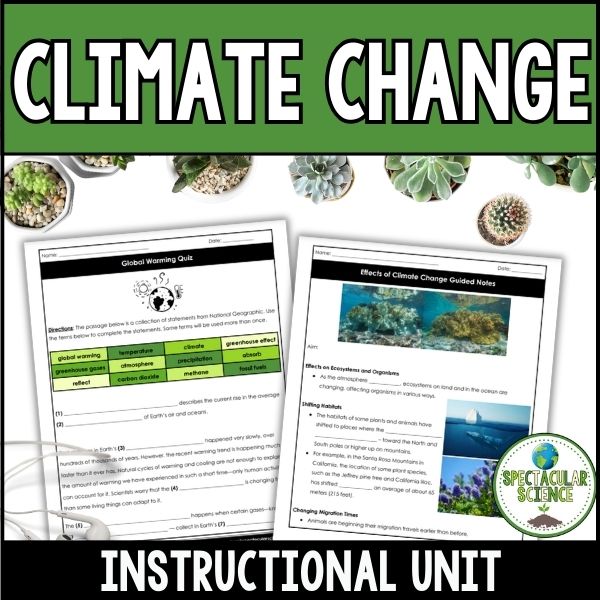
This particular unit of study covers the introductory elements of climate change within three weeks. The unit addresses three essential questions:
- What factors determine Earth’s climate?
- What are the effects of climate change?
- How can we respond to climate change?
To extend the unit, check out this wide variety of science projects and units of study with detailed lesson plans all about climate change.
2. Collaborate with other teachers
One of the most direct ways to create interdisciplinary lessons is to collaborate with teachers in your building who teach other subjects.
For example, a science teacher could work with an English teacher to have students read and analyze scientific articles, including writing summaries (one of the best skills in any discipline is to be able to boil down information!).
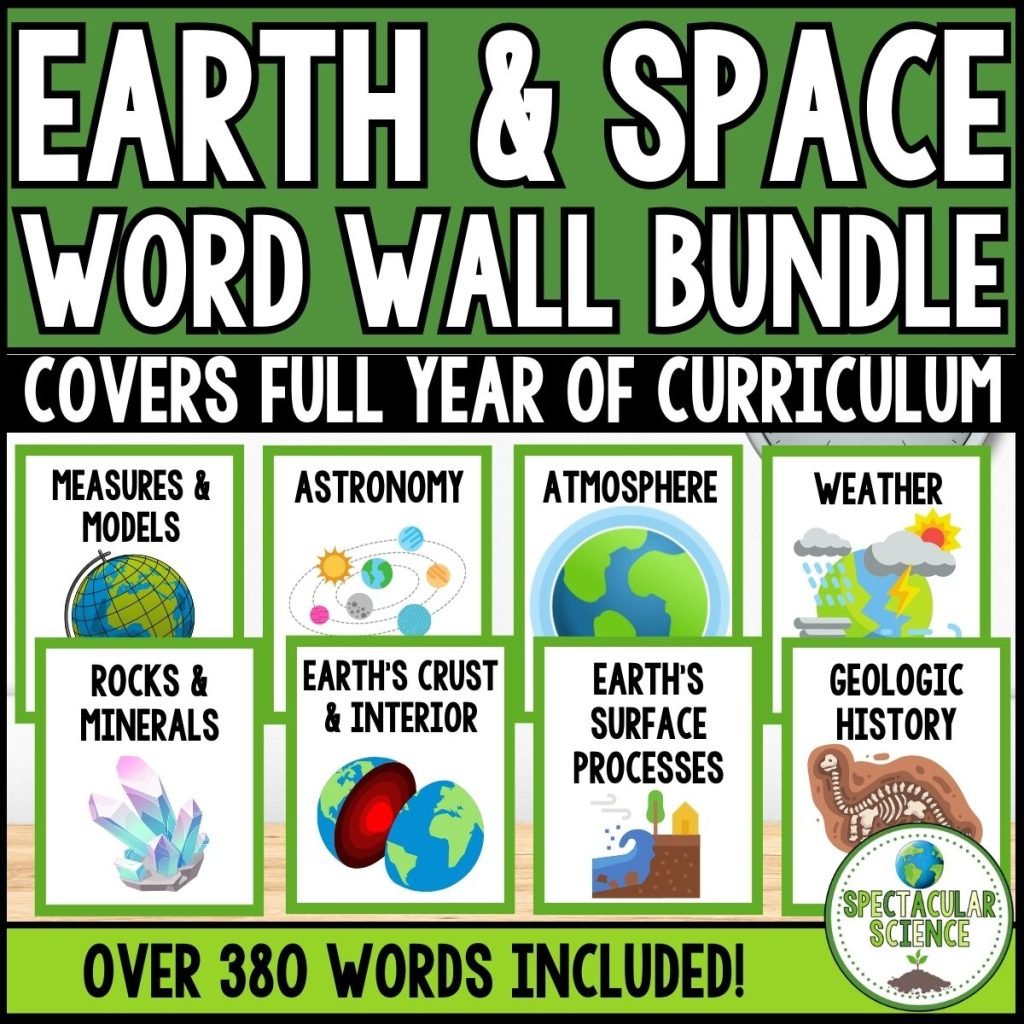
Another option is to use specific vocabulary from science, such as these word walls for Earth and Space Science, and have English teachers use them for students’ writing prompts. This is an amazing way to reinforce learning new vocabulary.
Another example, you could work with a math teacher to teach students about the statistics involved in analyzing scientific data. Read more about teaching students to interpret data with this blog post.

3. Use multiple sources
With a view to differentiating for all the students in your science classroom, you can include a wide variety of sources, such as articles, videos, and podcasts to introduce students to interdisciplinary topics.
Not only can this address the different ways students learn but it can help students see the connections between different fields of study and how they work together.
4. Engage in class discussions
Encourage class discussions where students can share their perspectives and ask questions about interdisciplinary topics. This can help students develop critical thinking skills and understand the complexity of real-world issues.
Using relevant and timely news articles is a great way to incorporate skills from different disciplines and also get students thinking about real-world connections. To find news articles in print and/or audio, use an online search engine with a dedicated news tab. You can enter your science subject and see what’s been happening in recent weeks and months. If your school has a dedicated librarian this could be something to collaborate on with them.

5. Connect to career opportunities
Beyond curriculum connections that are interdisciplinary, adding topics that can connect to career opportunities is ideal. This makes the real world seem even more real when students are able to relate what they are learning in class to what they can do with those skills after high school and/or post-secondary.
For example, students interested in environmental science can learn about careers in sustainable agriculture, environmental law, and renewable energy. This might involve guest speakers (in person or virtually), field trips, or even online research such as career profiles like those that can be found on Science Buddies.
Take-Aways about Interdisciplinary Work in Your Science Classroom
By incorporating interdisciplinary topics in the science classroom, students can gain a better understanding of how different fields of study are connected and how they can work together to solve real-world problems. These connections are also integral to developing students’ creative and critical thinking skills.















